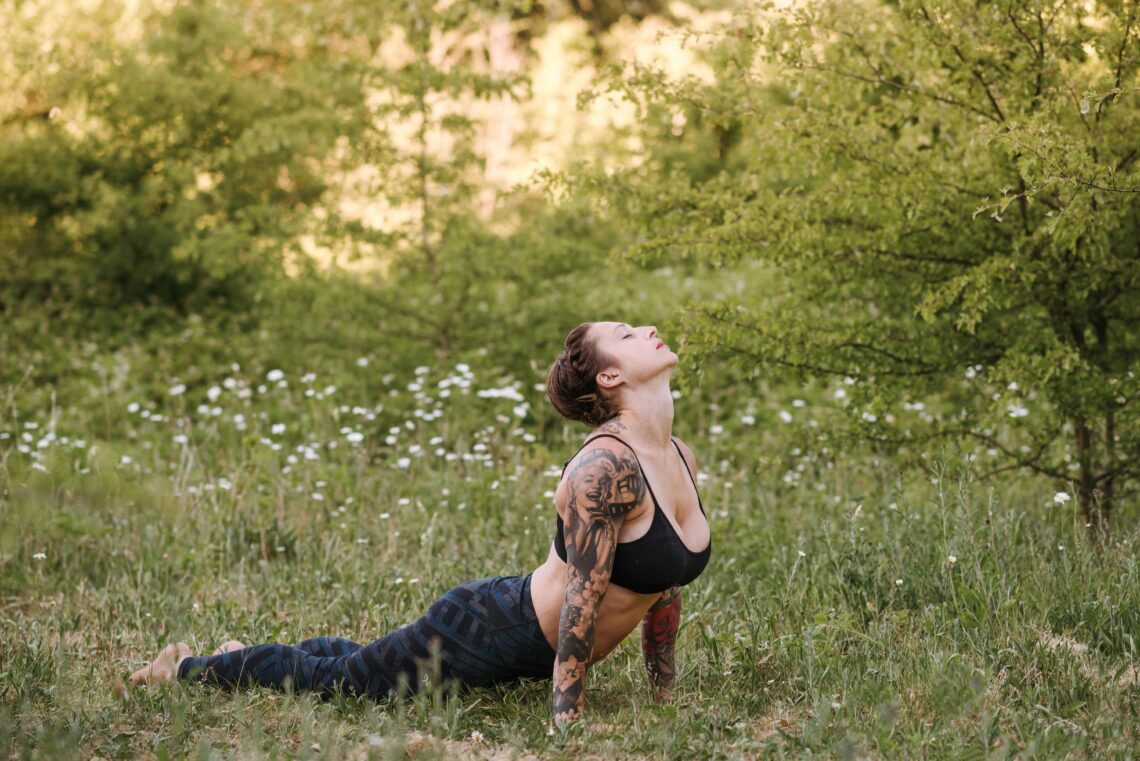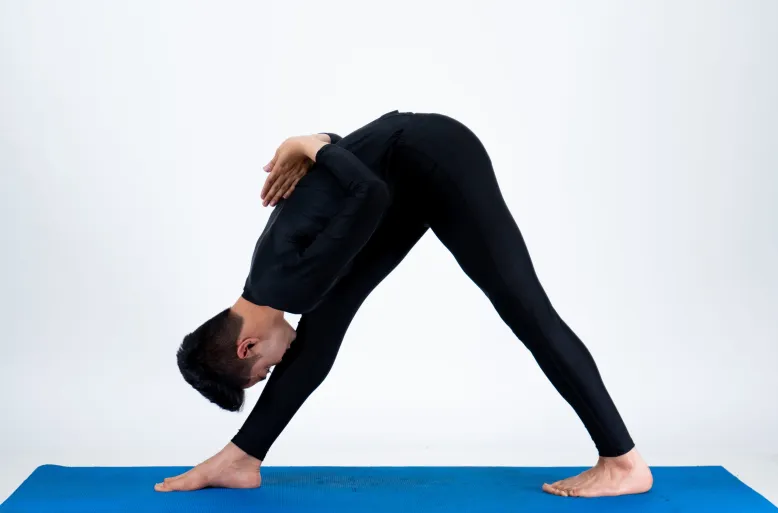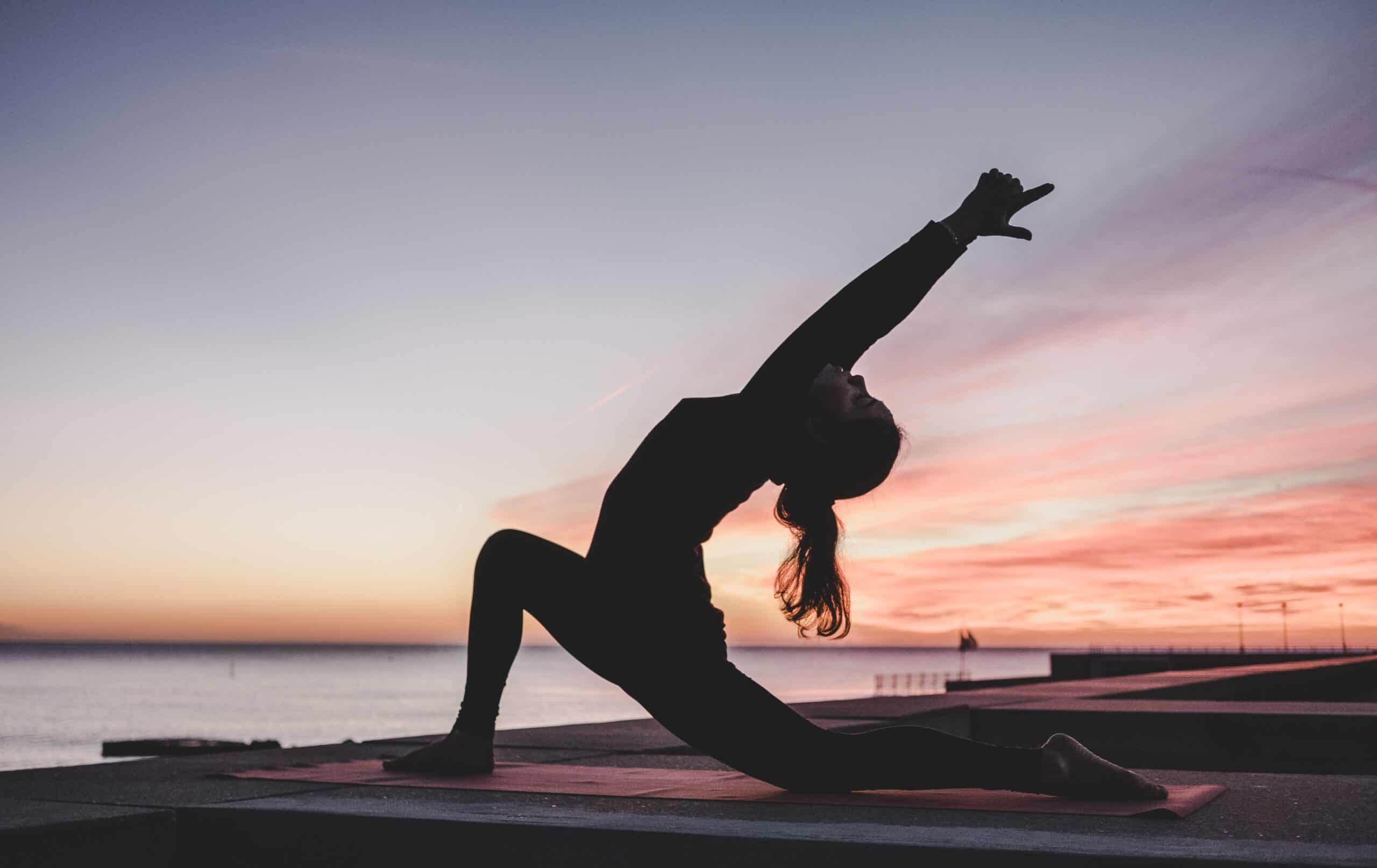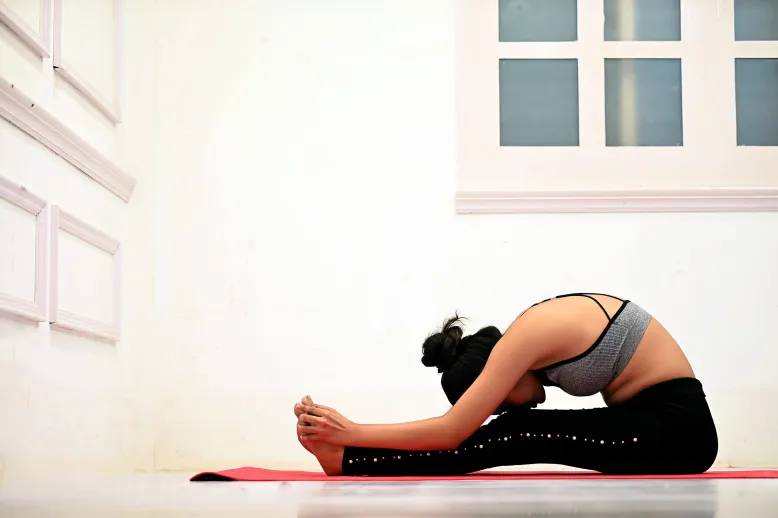Bhujangasana, or Cobra Pose, is a foundational yoga posture. The benefits of Bhujangasana are multiple for the body, mind, and spirit.
Derived from the Sanskrit words “bhujanga,” meaning serpent or cobra, and “asana,” meaning pose, Bhujangasana embodies the graceful strength and fluidity of the snake.
Let’s explore the various benefits of practicing Bhujangasana:
Physical Benefits of Bhujangasana:
Bhujangasana has several physical benefits that can greatly improve your general health and well-being. Let’s look at some of the important areas it affects:
- Increased Spinal Flexibility and Strength: Bhujangasana is a mild backbend that stretches and develops the muscles of the spine. This increases flexibility, decreases stiffness, and promotes proper posture. A flexible spine is essential for preserving a healthy range of motion and avoiding back discomfort.
- Core Strength and Stability: The posture works several core muscles, including the abs, obliques, and lower back. As you lift your torso off the ground, these muscles work together to maintain your spine and promote appropriate posture. A strong core is vital for proper posture, balance, and athletic performance.
- Improved Digestion: Bhujangasana gently massages the abdominal organs, which stimulates digestion and promotes excretion. This can assist in relieving constipation, bloating, and other digestive problems.
- Improved Blood Circulation: The moderate backbend expands the chest cavity, allowing for deeper, more efficient breathing. This increased blood flow benefits the entire body by transporting oxygen and nutrients to key organs.
- Back discomfort Relief: Bhujangasana strengthens the core and stretches the back muscles, reducing lower back discomfort caused by stiffness or weakness. The moderate backbend can help improve posture, putting less strain on the spine.
- Toned Abdomen: Although Bhujangasana is not a direct fat-burning position, it does strengthen and tone the abdominal muscles, resulting in a flatter, more toned look.
- Strengthened Buttocks and Glutes: The position works the gluteal muscles (buttocks) to keep the posture firm. This can increase overall strength and stability.
- Improved Lung Function: Bhujangasana expands the chest cavity, enabling deeper, more unfettered breathing. This can help those with asthma or other respiratory disorders.
- Improved Balance: Keeping a steady and balanced Cobra Pose necessitates core engagement and coordination. This translates to enhanced balance in daily tasks.
- Sciatica Relief: Bhujangasana, a mild stretching of the hamstrings and lower back can help relieve sciatic nerve discomfort.
Scientific Basis: The advantages of Bhujangasana can be related to its effects on numerous physiological functions. The backbend stretches the posterior chain muscles, which are frequently tightened after extended sitting. This stretching increases flexibility and alleviates discomfort. The position also works the core muscles, which improves spinal stability and posture. The open chest cavity encourages deeper breathing, which enhances oxygen intake and improves general health.
Mental and Emotional Benefits of Bhujangasana:
Beyond the realm of the body, Bhujangasana provides several mental and emotional benefits:
- Stress Reduction: The gentle backbend and deep breathing associated with Bhujangasana might help you relax and lower stress hormones. This can lead to a more relaxed and cheerful frame of mind.
- Increased Energy Levels: Bhujangasana’s enhanced circulation and deeper breathing might make you feel more invigorated and refreshed.
- Improved Mood: The pose’s stress-relieving effects, along with increased blood flow to the brain, can lead to a more positive mood and sense of well-being.
- Increased Confidence: Learning the Cobra Pose and reaping the advantages will enhance your confidence and self-esteem.
- Increased Body Awareness: Practicing Bhujangasana takes concentration and attention to alignment. This can improve your body awareness and proprioception (a sensation of bodily position).
Spiritual Benefits of Bhujangasana:
- Awakening Kundalini force: In yogic philosophy, the snake coiled at the base of the spine represents Kundalini Shakti, the latent cosmic force within each person. As practitioners rise into Bhujangasana, they ignite this primal energy, reawakening the buried spiritual potential inside.
- Chakra Balancing: Cobra Pose serves to balance the body’s energy centers, or chakras, which allows for the unimpeded passage of prana, or life force energy. Bhujangasana creates subtle energy harmony and balance by expanding the heart center and activating the manipura chakra in the solar plexus.
- Cultivating a Connection to Nature: When practitioners take on the shape of a snake in Bhujangasana, they develop a strong connection to the natural world and the animal kingdom. This link acts as a reminder of all species’ intrinsic interdependence, inspiring care and respect for the Earth and its people.
Conclusion
In the holy practice of yoga, Bhujangasana is a beacon of light, guiding practitioners on a path of self-discovery and change. Cobra Pose provides a variety of advantages to those who practice it, from its physical benefits of strengthening the spine and toning the abdomen to its deep mental and spiritual consequences of stress relief and Kundalini energy awakening. As we bow in homage to this beautiful pose, may we continue to explore its depths and uncover the unlimited potential that lives within.
Frequently Asked Questions?
Which time is best for Bhujangasana?
Bhujangasana is a yoga posture that can be practiced at various times depending on individual preferences and physical condition. It can be performed in the morning to awaken the body and prepare it for the day ahead, as it promotes flexibility and flexibility. It can also be used as a warm-up before exercise to improve circulation and reduce injury risk. Bhujangasana can also provide a midday energy boost by stimulating the nervous system and increasing blood flow. It can also be used in the evening for relaxation and grounding, and in pre-meditation or pranayama to prepare the body for deeper states of relaxation and concentration. Consistency and mindfulness are crucial for incorporating Bhujangasana into your yoga routine.
Does Bhujangasana reduce belly fat?
Does Bhujangasana reduce belly fat?
Bhujangasana, or Cobra Pose, is a yoga posture that can help reduce belly fat. It strengthens the abdominal muscles, including the rectus abdominis and obliques, and improves posture. Regular practice can boost metabolism, leading to fat loss throughout the body. Bhujangasana also promotes stress reduction, regulating cortisol levels, and balancing hormones like insulin and thyroid. It encourages mindful eating, promoting healthier choices and a balanced diet. However, it’s crucial to approach belly fat reduction holistically, incorporating a balanced diet, regular physical activity, stress management techniques, and healthy lifestyle habits. Consulting with a healthcare professional or certified yoga instructor before starting any new exercise regimen is recommended, especially if you have specific health concerns or conditions.
Is Bhujangasana good for the heart?
Bhujangasana, also known as Cobra Pose, is a yoga pose that enhances heart health by enhancing circulation, stimulating the vagus nerve, and strengthening the back muscles. It promotes emotional well-being and balances the autonomic nervous system. However, it should be practiced mindfully alongside a balanced lifestyle, including regular exercise, a healthy diet, stress management, and medical check-ups. Those with existing heart conditions should consult their healthcare provider before starting a new exercise regimen.
Who should avoid Bhujangasana?
Bhujangasana: Health Concerns and Modifications
• Pregnancy: Avoid deep backbends like Bhujangasana during pregnancy, especially in the second and third trimesters.
• Recent Abdominal Surgery: Avoid Bhujangasana until fully healed to prevent strain on the surgical site.
• Back Injuries: Avoid or modify Bhujangasana to avoid exacerbating acute or chronic back injuries.
• Wrist or Shoulder Injuries: Avoid excessive pressure on the wrists or shoulders and choose alternative exercises.
• High Blood Pressure: Avoid deep backbends like Bhujangasana to temporarily increase blood pressure.
• Osteoporosis: Approach backbends with caution as they can put stress on the spine and increase the risk of compression fractures.
• Recent Surgery: Avoid Bhujangasana until fully recovered and cleared by the healthcare provider.
• Glaucoma: Avoid or modify poses that involve placing the head below the heart, and consulting with an eye care professional before practicing yoga.





No Comments